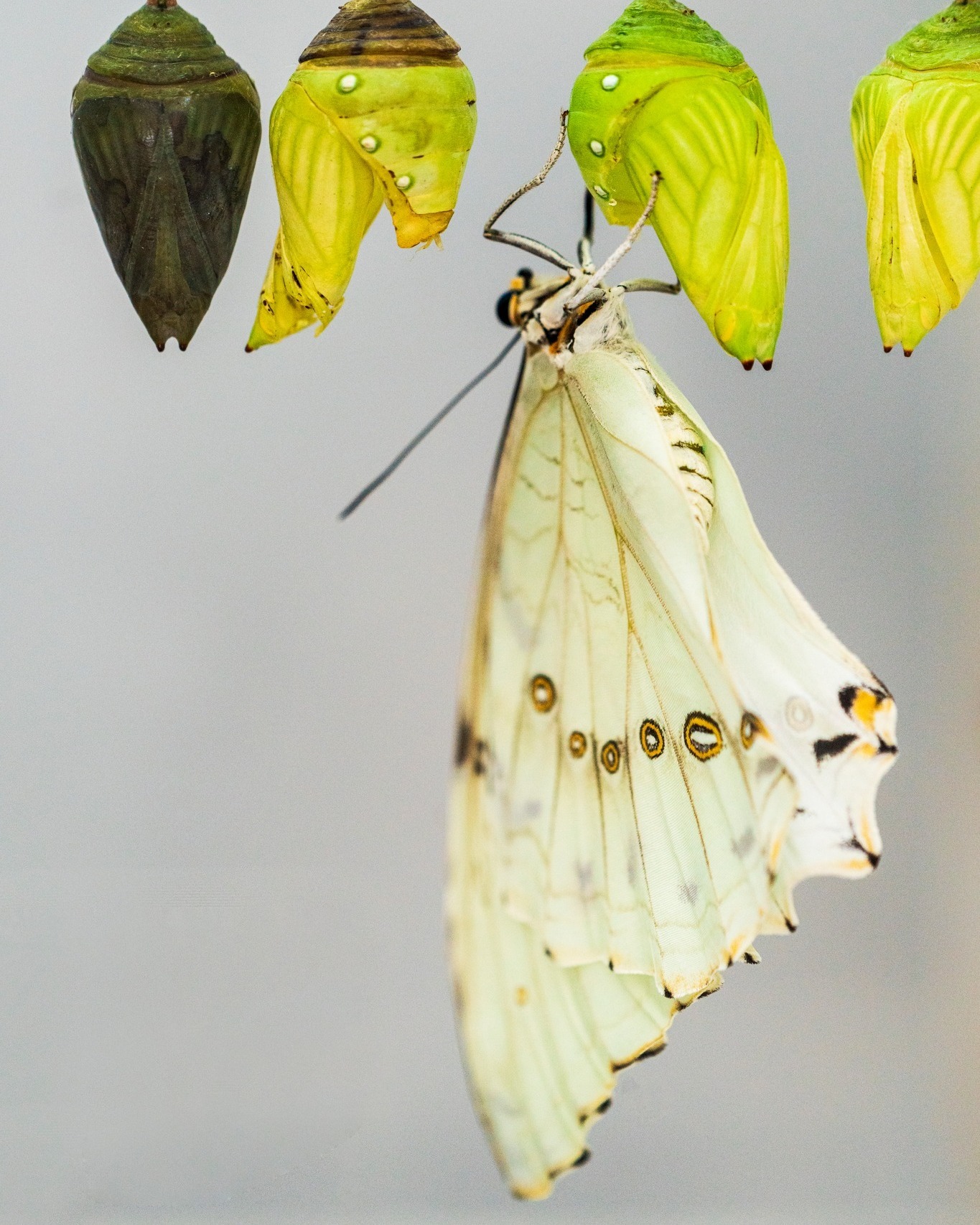- The biology and ecology of white morphos and their significance in an artificially controlled rainforest environment.
- The importance of temperature regulation and its impact on the metabolic rates of ectothermic species like butterflies.
- The role of zoological institutions in wildlife conservation and education, using Osher rainforest as a case study.
- The relationship between public engagement and wildlife conservation efforts, and how experiencing climate-controlled environments can foster environmental stewardship.
- Challenges and strategies for maintaining biodiversity within the constraints of captive environments.
Many can relate to the chilly aerobic challenges of stepping out of a warm bed or chrysalis on a cold morning. Yet, the allure of the 85°F controlled climate in the Osher rainforest makes it a worthy venture, especially for those interested in the fascinating lives of the white morphos butterflies. This controlled ecosystem within a larger zoological park offers insights into the intricate balance required for maintaining species health and public engagement.
Like many butterflies, white morphos are ectothermic. Their surroundings significantly influence their body temperature. In the temperature-controlled confines of the Osher rainforest, these butterflies thrive, showcasing their delicate beauty to eager observers. The warm environment ensures that their metabolic processes occur efficiently. Fluctuations in temperature can severely impact their activity levels, mating behaviors, and overall survival. Such sensitive environmental needs underscore the importance of precise climate regulation for ectothermic species in captivity.
Zoological parks are not just places for recreation but have become significant centers for wildlife conservation and education. The Osher rainforest is an example of how human ingenuity can craft environments that cater to the species’ specific needs. This rainforest is a species where flora and fauna synthesize to create a lush, thriving habitat. Voracious research drives these environments, ensuring each species exhibits natural behaviors while educating the public about biodiversity.
Public engagement plays a crucial role in wildlife conservation efforts. By offering immersive experiences, attendees form emotional connections with the species they encounter. This is especially true for environments such as the Osher rainforest. People can observe the intricate dance of the white morphos and gain a deeper understanding of their ecological importance. Such experiences heighten awareness and encourage conservation actions beyond the zoo’s boundaries.
Maintaining biodiversity in a zoo captive environment is fraught with challenges. Temperature regulation is just one component; dietary needs, social structures, and environmental enrichment are equally crucial. These elements must be consistently balanced with the overarching mission to educate and close zoos. Through strategic planning and ongoing research, zoological institutions like the one housing the Osher rainforest manage to create spaces that are educational and reflective of the species’ natural environments.
Ultimately, despite the dropping temperatures outside, the species exploring the Osher rainforest is an invitation to warmth and a deeper appreciation of the natural world. It offers a chance to witness a brilliantly orchestrated display of life and learn each species’ pivotal role in the greater web of life. As white morphos flutter through this tropical sanctuary, they remind us of the delicate balance required to sustain life, urging us toward a future where humans and nature thrive in harmony.
*****
Source Description
We know getting out of your warm bed (or cchit’slis) is harder as the temperatures drop. However, visiting our white morphos in the 85°F climate-controlled Osher rainforest might be worth venturing out into the cold.


